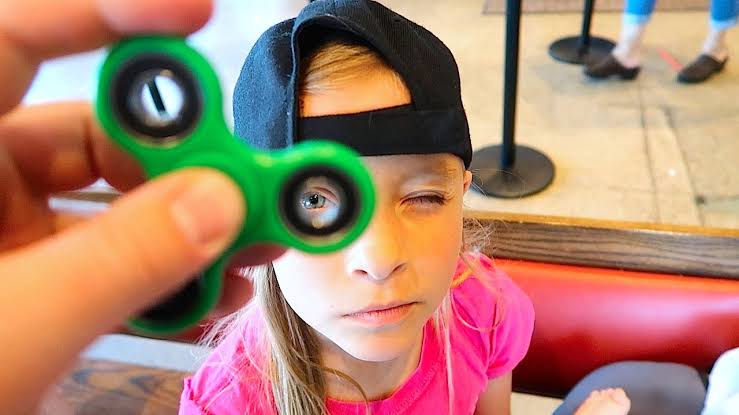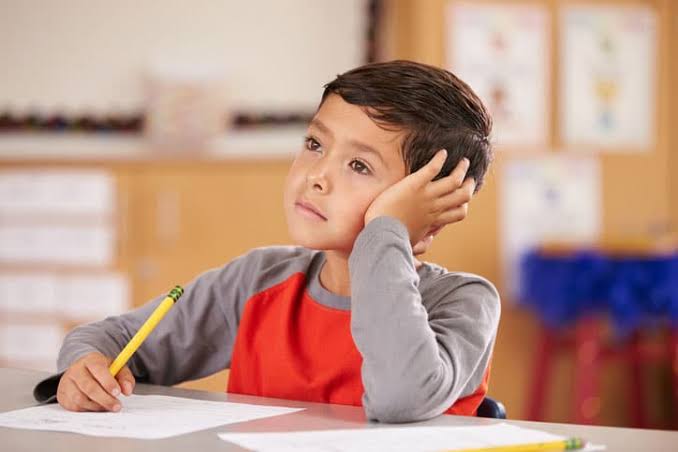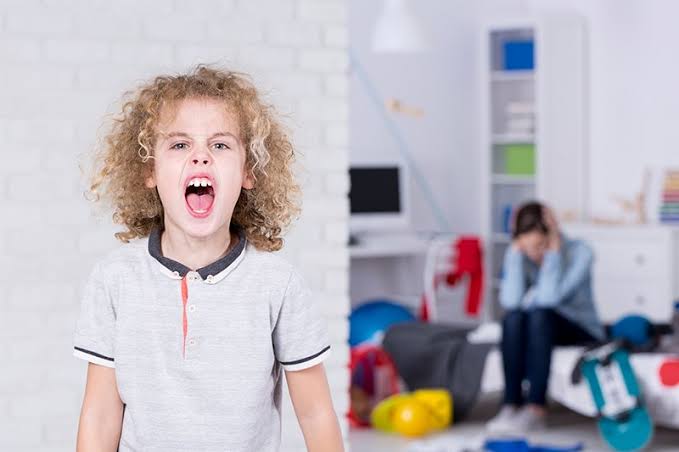
What is ADHD
ADHD is one of the most common neurodevelopmental disorders of childhood. It is usually first diagnosed in childhood and often lasts into adulthood. Children with ADHD may have trouble paying attention, controlling impulsive behaviors (may act without thinking about what the result will be), or be overly active.
Signs and Symptoms
It is normal for children to have trouble focusing and behaving at one time or another. However, children with ADHD do not just grow out of these behaviors. The symptoms continue, can be severe, and can cause difficulty at school, at home, or with friends.
A child with ADHD might:
-
Daydream a lot
-
Forget or lose things a lot
-
Squirm or fidget
-
Talk too much
-
Make careless mistakes or take unnecessary risks
-
Have a hard time resisting temptation
-
Have trouble taking turns
-
Have difficulty getting along with others
TypesThere are three different types of ADHD, depending on which types of symptoms are strongest in the individual:
Predominantly Inattentive Presentation:
It is hard for the individual to organize or finish a task, to pay attention to details, or to follow instructions or conversations. The person is easily distracted or forgets details of daily routines.


Predominantly Hyperactive-Impulsive Presentation:
The person fidgets and talks a lot. It is hard to sit still for long (e.g., for a meal or while doing homework). Smaller children may run, jump or climb constantly. The individual feels restless and has trouble with impulsivity. Someone who is impulsive may interrupt others a lot, grab things from people, or speak at inappropriate times. It is hard for the person to wait their turn or listen to directions. A person with impulsiveness may have more accidents and injuries than others.
Combined Presentation:
Symptoms of the above two types are equally present in the person.
Because symptoms can change over time, the presentation may change over time as well.
